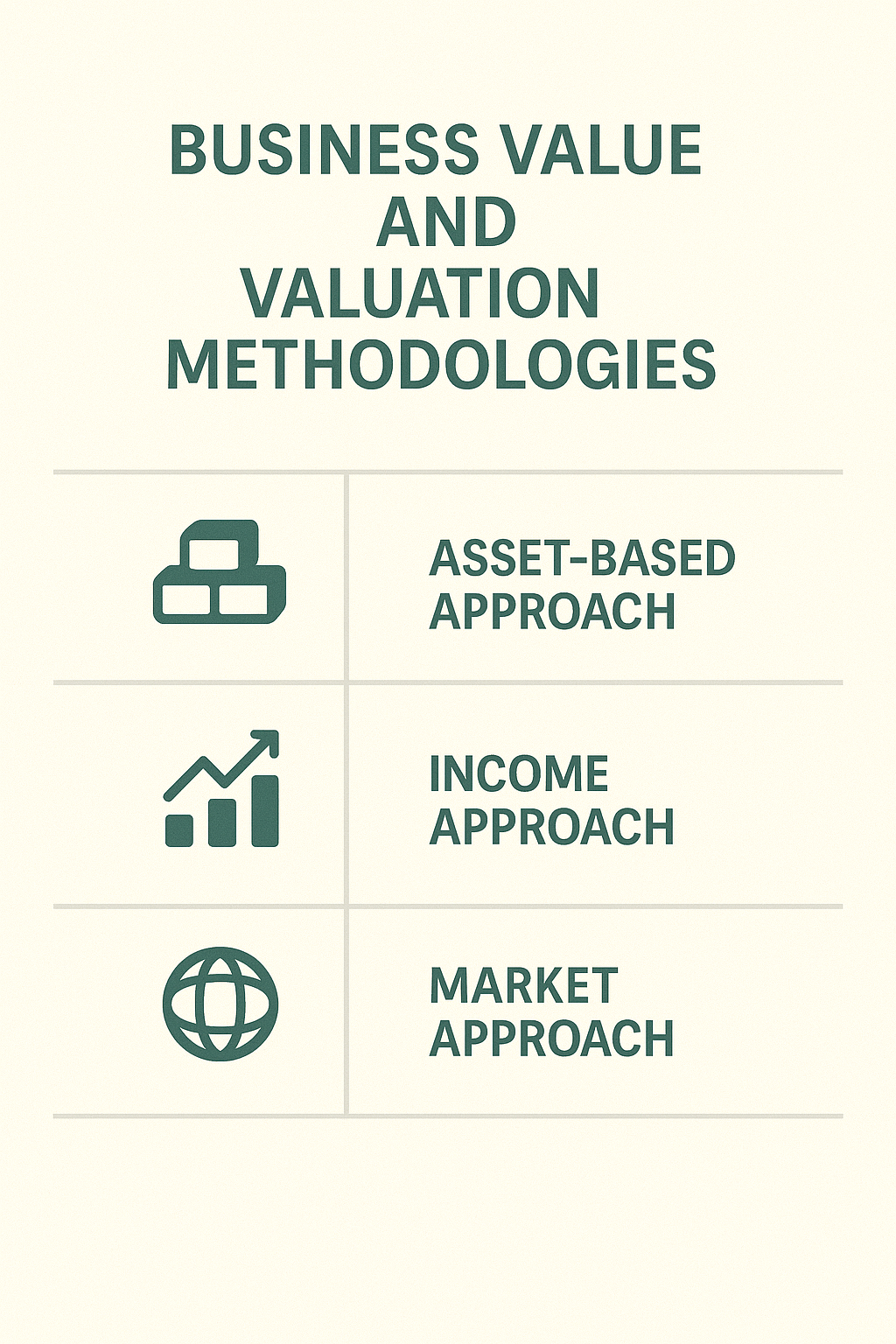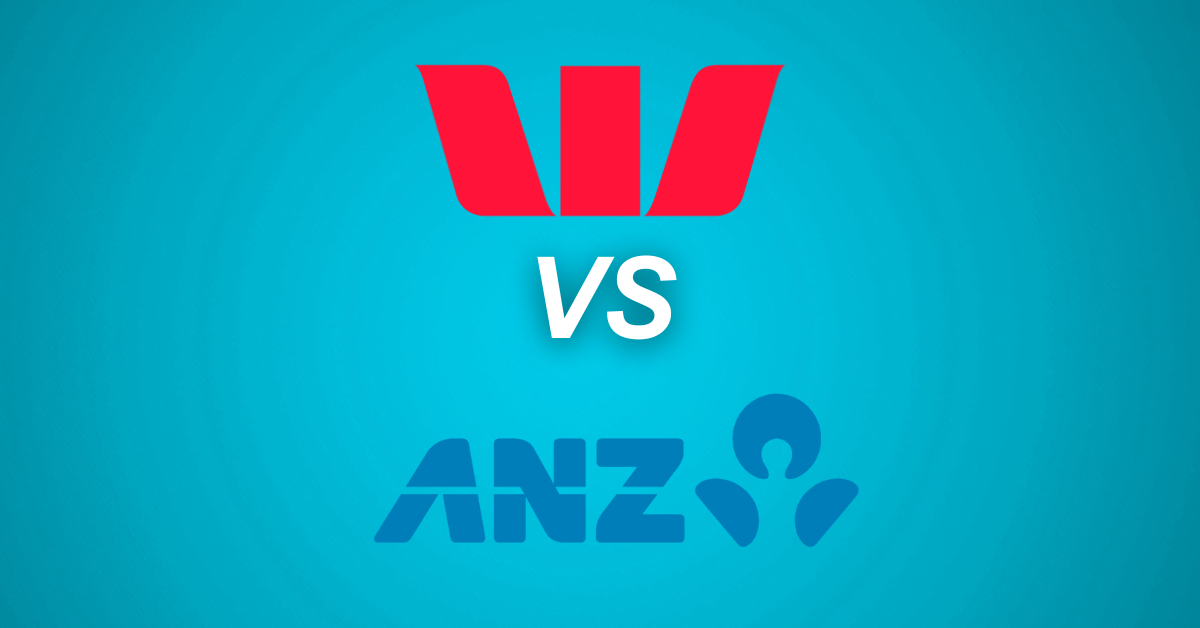Assessing a business’s value is one of the most critical steps in many business decisions, whether you’re buying, selling, or investing. It is essential to make the right assessments and gather enough information to consider a business’s worth.
An incorrect assessment can result in a buyer’s loss of capital and legal and reputational issues. Once you understand the quick key valuation methods, you can assess an opportunity in a few minutes and decide whether to proceed.
Here we’ll show you how we commonly assess business value for an acquisition.
Understanding Business Valuations
Valuations are all about determining a business’s realistic worth, both now and historically, as well as its potential future worth.
This process considers various aspects, including revenue, profit, assets, including IP, market share, and future growth potential. Knowing the different methods to value a business is essential for someone interested in buying or investing.
We often use a combination of methods, and it’s rare that we examine a business through only one lens.
These are the top 3 methods I use. However, please note that certain businesses need a lot more consideration regarding future earnings, such as contract-based businesses, where you may be buying the value of those future contracts rather than the current position.
In these cases, we may consider KPI-driven purchases, where some are paid now and some later when the business delivers.

Let’s look at three simple methods to keep it simple for now.
Key Valuation Methods – Often a Combination of These Methods
Profit Multiples
This method looks at a business’s adjusted net profit and applies either an industry-based multiple or a discounted multiple, where the purchaser considers certain risk factors or allows for necessary expenses.
For example, where a business consistently makes $500,000 net profit annually and the agreed multiple is 3.5x, the business valuation would be $1,750,000. In this same scenario, the purchaser/investor may note that a key management role is missing from the business and is currently being fulfilled by the existing owner.
An astute investor would consider this cost and reduce the profit when considering the purchase price. For example, the business makes $500,000 per year but requires a $150,000 management role. Once the existing owner sells, the adjusted profit becomes $350,000, and the 3.5x multiple is applied to that.
The most valuable businesses are those with strong structures in place, recurring and verifiable revenue, and consistent upward trends. An investor will see the potential and may consider paying a higher multiple.
Market Comparisons
This method compares the business with similar companies in the same industry.
Whilst there are simple examples of this method, a more complicated example needing further consideration is if you are looking at a tech startup with little to no revenue or profit, you might analyse recent sales of similar companies to find a suitable price.
These businesses can be challenging to value because they are based solely on ‘the potential’. An investor considering buying companies in this way should consider the resources required to make them a success, future contracts or sales, and how they will get there.
These types of businesses are often acquired to integrate with a complementary business or a broader existing plan. In these more complicated scenarios, the right buyer—seller combination is needed. A start-up may be worth $0, but it may be worth millions or more to a company that can immediately integrate certain technologies and leverage the potential opportunities.
Asset-Based Approach
In this method, we focus on the company’s assets, both tangible (like plant and equipment) and intangible (like Intellectual Property, brand value, and known high-profile partnerships). A common example is the acquisition of a trading business.
A company may be generating $500,000 in net profit, and it wants a 3.5x multiple + the value of its assets + SAV (Stock at Value) that will be transferred in the sale.
The combination of these factors makes up the total purchase price. Remember that often, what is shown on a balance sheet is not the current true value. A purchaser needs to be cautious in appropriately valuing assets, and it is okay to leave certain ones out of the deal that have no benefit to you.
In a sale scenario, a business broker may have already applied a valuation methodology, and it’s your job to complete your due diligence, question, and adjust to determine your valuation. It is okay not to see the value in every business. Even the most significant companies can lose value after a sale because the wrong purchaser took control. Reach out to your advisors, mentors, and business contacts to ensure it is your proper acquisition. Before agreeing to the final valuation/purchase price, you should feel confident and comfortable.
Once you have determined an appropriate valuation method, it’s time to dig deeper and verify the information thoroughly. Once an indicative offer is accepted in a business acquisition, you enter due diligence to fully assess and verify the information you have received to date.




